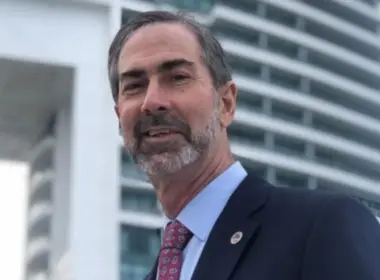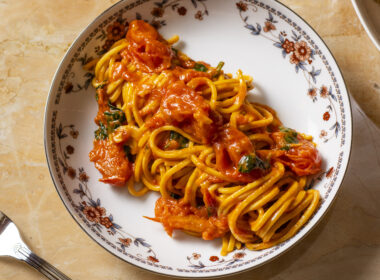The challenges facing Holland’s biggest dairy cooperative
By Kylie Wang
For Dutch multinational FrieslandCampina, it all begins with milk. It might seem odd for a foreign corporation focused on dairy farming to keep an office in Miami, but that’s because the dairy giant is taking on a huge endeavor – selling and distributing into Latin America.
FrieslandCampina does things differently. It’s owned by 15,703 dairy farmer members across the Netherlands, Belgium, and Germany, all of whom can vote on major decisions like milk price regulation or changes to the quality conditions involved in processing and manufacturing the products – and all of whom receive direct payouts from the company’s profits.

The cooperative was established in 1871, when farmers’ incomes were low and poverty was common. That changed when 20 farmers in North Holland joined forces to combine resources and stabilize market prices. 150 years later, FrieslandCampina is one of the world’s largest dairy companies with branch offices in 38 countries and almost 24,000 employees across them, along with a comfortable $12 billion in revenue this year from their 39 brands. They aren’t just part of the supply chain. They own it.
In Miami, at the Latin American headquarters, there are only five employees in the office. Their job is to oversee 40 of the 100 or so countries that import FrieslandCampina products, including parts of the Caribbean, Australia, New Zealand, and Southeast Asia. They opened the office in March of 2020, just before the pandemic, which is partly why expansion hasn’t taken off just yet. The other issue? Inflation.
“Everybody believed that the COVID situation was the most difficult time,” says Ithak Gonzalez Krotzch, the senior sales manager for the Caribbean and Central America. “But the reality is, it’s after COVID. The price increases that we’re facing in the market are a very big challenge.” Indeed, the cost to produce dairy products by FrieslandCampina’s member farmers has increased by 37.8 percent in the last year.

Perhaps even more challenging for the Latin American HQ is the number of exchange rates they’re dealing with. “Specifically in this region, we have a lot of currencies, and there’s a lot of currency impact,” says commercial controller Melanie Poelma. “They fluctuate quite a lot in this region, which makes it tough.”
Despite all of this, the dairy giant’s revenue and profits have improved in the first half of 2022, with revenue increasing by about a billion dollars (19.4 percent) since the first half of 2021, and net profits increasing from $77 million to $139 million (62 percent).


The margins for the second half of 2022 will be determined by factors beyond the control of the cooperative, like the war in Ukraine, inflation, and the Dutch Cabinet’s plans to drastically reduce the emission of nitrogen oxides. The latter could have a huge effect on farmers in the Netherlands, on everything from the use of farm machinery to the cost of feed for their dairy herds – especially since the company is committed to what they have dubbed “climate-neutral dairy.” As it is, they currently deliver organic milk for just a fraction more than non-organic (65.5 euros per 100 kilos vs. 62.25 euros), and who wouldn’t want to pay more for Royal Hollandia brand cheese?












